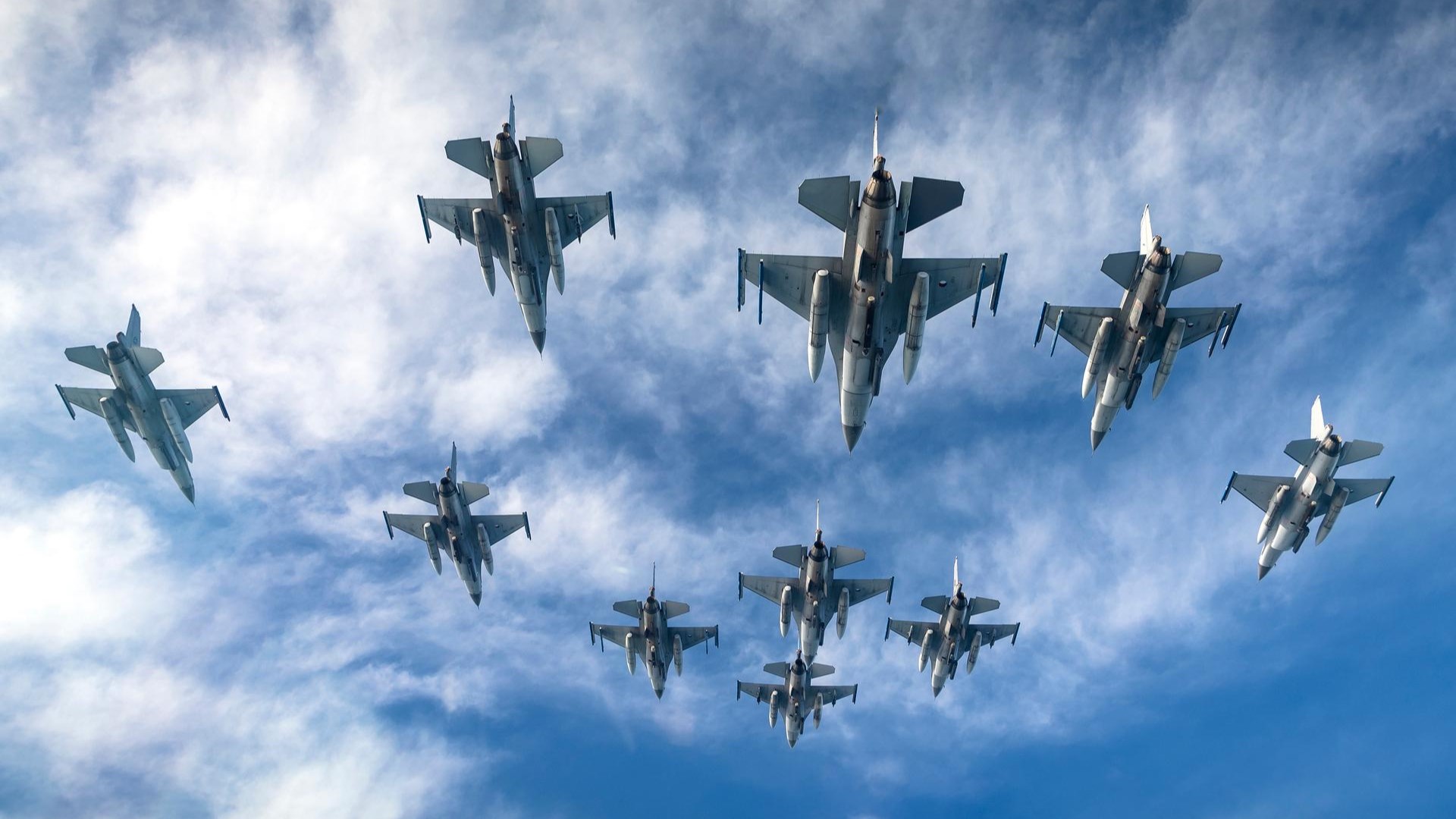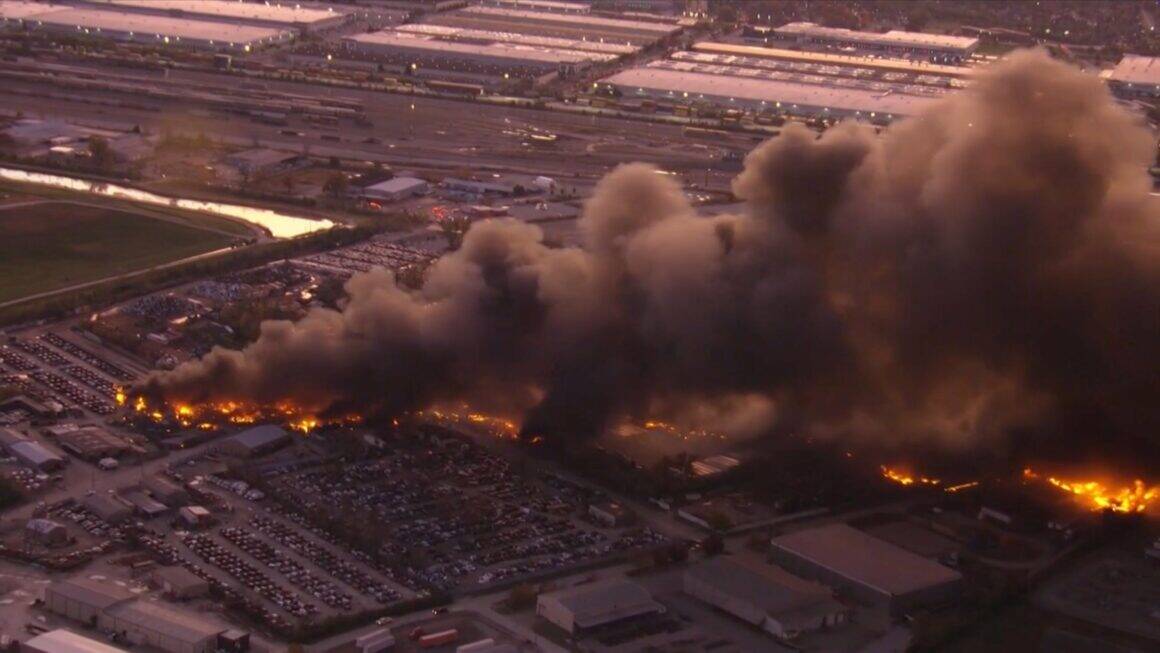The House and Senate versions of the NDAA for fiscal year 2026 offer competing visions for the Air Force’s refueling fleet, threatening to upend a new modernization strategy.
On October 8, 2025, the United States Senate approved its version of the FY 2026 National Defense Authorization Act (NDAA) after the House of Representatives approved his version of the defense bill in early September. While both chambers must still negotiate and vote on a compromise bill before it becomes law, the 2026 NDAA is poised to substantially alter the structure of the Air Force’s strategic aerial refueling fleet.
Strategic aerial refueling aircraft, also known as air tankers, are the critical backbone of the US military’s ability to project power around the world. Air tankers allow aircraft to fly further and further by offloading fuel in flight to a receiving aircraft.

Modernization of the aging fleet
The US tanker fleet, made up of a projected 466 aircraft beginning in fiscal year 2025, is conducting a large-scale modernization effort aimed at retiring obsolete aircraft and acquiring new capabilities. The Boeing KC-135 Stratotanker, first delivered to the Air Force in 1957, makes up approximately 80% of the tanker fleet and is the oldest fleet operated by the Air Force in a average age over 63 years.
In 2011, the Air Force awarded a contract to acquire 179 KC-46A Pegasus to replace approximately one-third of the KC-135 fleet. The first KC-46 was delivered to the Air Force in 2019 and the last aircraft is expected to be delivered around 2029.
Beyond the KC-46
The KC-46 program represents only the first phase of tanker modernization. The Air Force has planned tracking programs for years, but they have served only as rough guidelines for defense planners and have been subject to often dramatic changes.
In 2023, the Air Force announced that abandon two programs, KC-Y and KC-Z, in favor of a plan to acquire 75 additional KC-46 aircraft and accelerate efforts to develop and deploy a tanker aircraft with advanced capabilities, called the Next Generation Air Refueling System (NGAS). The Air Force cited concerns that competitive contracting for a large-scale tanker program would slow refueling modernization efforts and delay the deployment of advanced capabilities.
In July 2025, the Pentagon announced it would continue with plans to acquire 75 additional KC-46 aircraft and authorized the contract in October.


House restrictions on acquisition
However, the provisions included in the House version of the NDAA could threaten to derail it. A provision included by the House Armed Services Committee would limit the Air Force from acquiring KC-46s beyond a total of 183 aircraft until the Secretary of Defense certifies that the Pentagon “has developed and is implementing a plan to correct critical technical deficiencies with the KC-46.”
Persistent technical problems
The KC-46 has proven problematic for the Air Force, with congressional concern focused on persistent technical problems. Chief among them is the aircraft’s Remote Viewing System (RVS), which replaced the viewing window used by boom operators with a computerized camera and sensor system. The Air Force ordered Boeing to redesign the system because of clarity and glare issues that could jeopardize refueling operations.
While Boeing updates SVR 2.0 It addresses many of these issues, is three years behind schedule, and is likely to be approved in 2027, meaning most of the original 179 aircraft will require modernization. The aircraft has also faced other critical deficiencies, including an overly rigid refueling boom that resulted in multiple serious incidents; the most recent of them was in July 2025. Despite these challenges and delays, the KC-46 continues to support combat operations with an increasing role in Air Force refueling operations.
Wild ATC audio, a missed tail boom and real missiles become a whole story 👀
NOBLE42 (F-15E Mountain Home AFB) had an incident with WIDE12 (Boeing KC-46 17-46028) yesterday near Santa Barbara, California, while refueling during a CAP (Combat Air Patrol) that was applying a… pic.twitter.com/VkIJJZ1OIT
– Thenewrea51 (@thenewrea51) August 23, 2024
Key members of the House Armed Services Committee, such as Chairman Mike Rogers (R-AL), have been vocal critics of the KC-46 program and previous defense authorization bills have intended to prevent or delay the acquisition of KC-46.
Additional House and Senate Provisions
The House version of the FY 2026 NDAA also proposes a $300 million cut in the procurement of the KC-46, which could result in a decrease in aircraft delivered per year, and an $80 million cut in funding for research and development of new capabilities for the aircraft.
The House also included provisions prohibiting the retirement of primary mission KC-135s operating with the Air Force Reserve and increasing the minimum congressionally mandated tanker fleet of 466 aircraft to an incremental level. 504 aircraft by 2027 – which will result in a likely pause in the retirement and replacement of older KC-135s as the newer KC-46s enter service.
The House bill also requires the flight-ready preservation of retired KC-10 Extenders, which the Air Force retired from service in September 2024. Many of the KC-10s stored in the aircraft graveyard at Davis-Monthan Air Force Base have Refueling barriers and engines were removed.which raises questions about the viability of the restoration.


The Senate-passed version of the NDAA only contains one provision related to air tankers. The provision requires the Secretary of the Air Force to retain and reassign any KC-135 replaced by the incoming KC-46, but unlike the House NDAA, the Senate version establishes a retention criterion based on available manpower and training availability.
What happens next?
The process for reconciling different versions of the NDAA remains uncertain, with lawmakers likely to engage in informal negotiations or convene a formal conference committee. It remains likely that reconciliation with the NDAA will not be an immediate priority for Congress, as Negotiations to end the current government shutdown. will likely remain the main focus for the next few weeks.
However, it is clear that political leaders in both chambers and on the other side of the aisle share a common goal: maintaining and expanding the tanker fleet to better position the US military for potential conflicts on the horizon.



